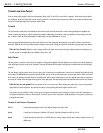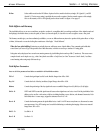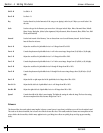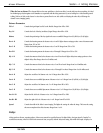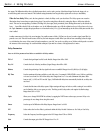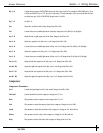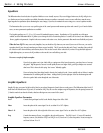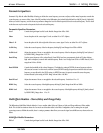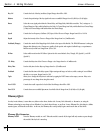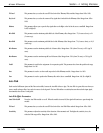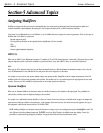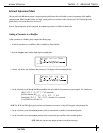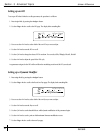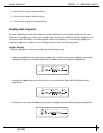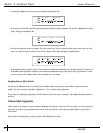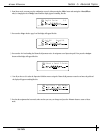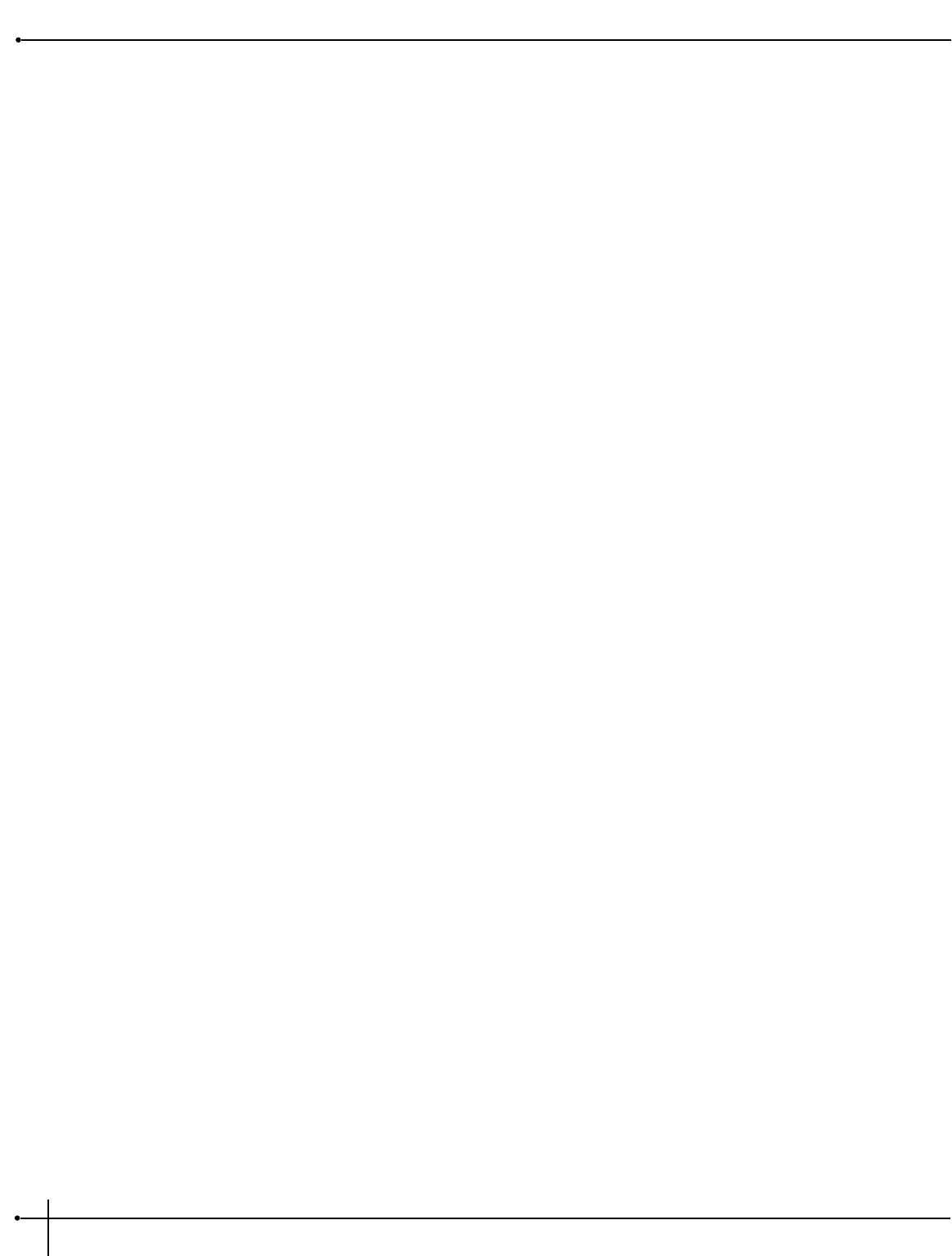
Dry: Lvl Controls the level of the dry (uneffected) signal. Ranges from Off to 100%.
Balance Controls the positioning of the dry signal in the stereo soundfield. Ranges from -99 (all left) to 99 (all right).
Route Selects the route signal path within the Chorus/Delay, and Flange/Delay Multi effects modules. The 3 settings are: 1)
Chorus/Flange into Delay with feedback into the Delay 2) Chorus/Flange into Delay with feedback into Chorus/Flange
3) Delay into Chorus/Flange with feedback thru the Chorus/Flange.
Speed Controls the Low Frequency Oscillator (LFO) Speed of the Chorus or Flanger. Ranges from 0.06 to 16.0 Hz.
Depth Adjusts the intensity of the Chorus or Flanger effect. Ranges from 0 to 30 milliseconds.
Feedback (Flanger) Controls how much of the flanged signal is fed back to the input of the Module. The FDBACK Parameter is what gives
flangers their distinctive voice. Flangers are capable of both positive and negative feedback loops, so experiment to
find the sound you like best. Ranges from -99% to 99%.
WvFrm Selects which waveform the LFO follow. Options for this control include: Sine, Triangle, SP1 (Special 1), and SP2
(Special 2).
C/F: Delay Controls the delay time of the Chorus or Flanger voice. Ranges from 0 to 40 milliseconds.
Delay Time Sets the delay time for the delay tap. Ranges from 0 to 300 milliseconds.
Feedback Controls the fade time of the delay repeats. Higher settings take longer to fade out, while a setting of zero will limit
the delay to one repeat. Ranges from 0 to 99%.
TapIt Allows you to change the Delay time in real-time by tapping the TAPIT button at the tempo you want. Delay voice
percentages do not change when using this control.
Level: C/F/D Controls the overall output level of each effect block. Ranges from Off to 100%.
Pan: C/F/D Controls the stereo soundfield placement of each effect block. Ranges from -99 (all left) to 99 (all right).
Whammy Effects
In today’s music industry, it seems that every album on the charts, whether it be Country, Rock, Industrial, or Alternative, are using the
Whammy technology in some shape or form. Whether it be a subtle chorus Detune, or an all out 2 octave Whammy Dive, this thing is a definite
attention getter, and first-call studio effect. At this rate, the Whammy effect could possibly log-in as much studio time as Chet Atkins.
Whammy Effect Parameters
Whammy On/Off Turns the Whammy module on or off. When the module is turned off, the signal will only continue to pass through
the module if the dry level is turned up.
Section - 4 Editing Modules
Johnson Millennium
User Guide
54



